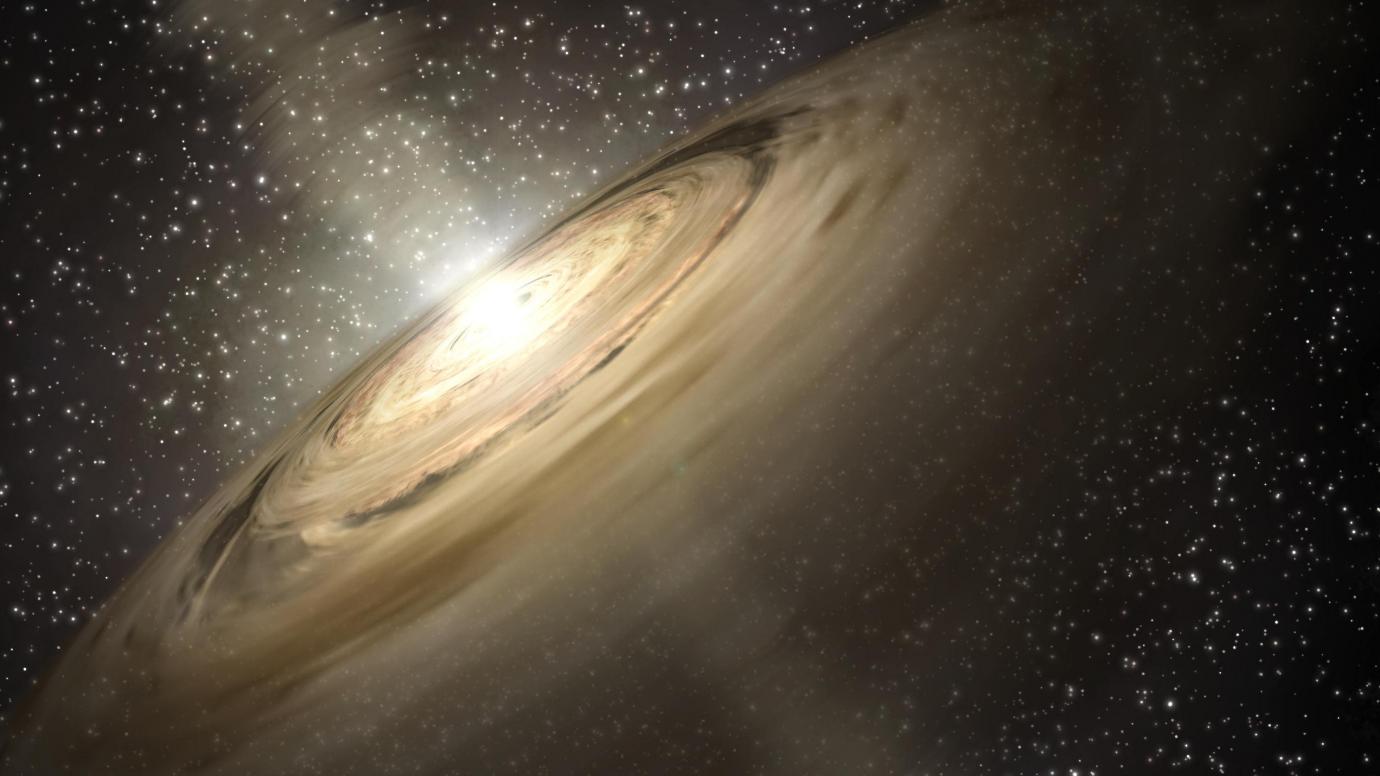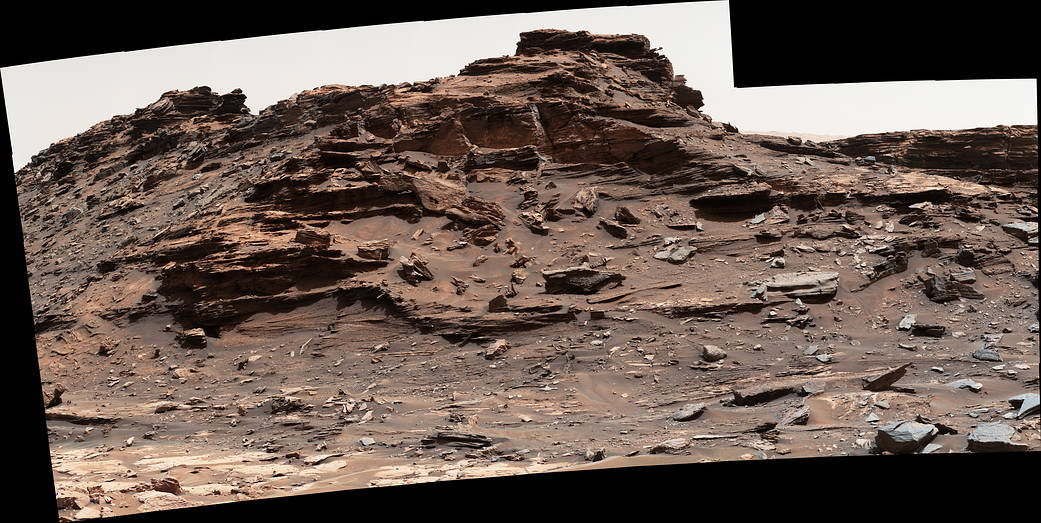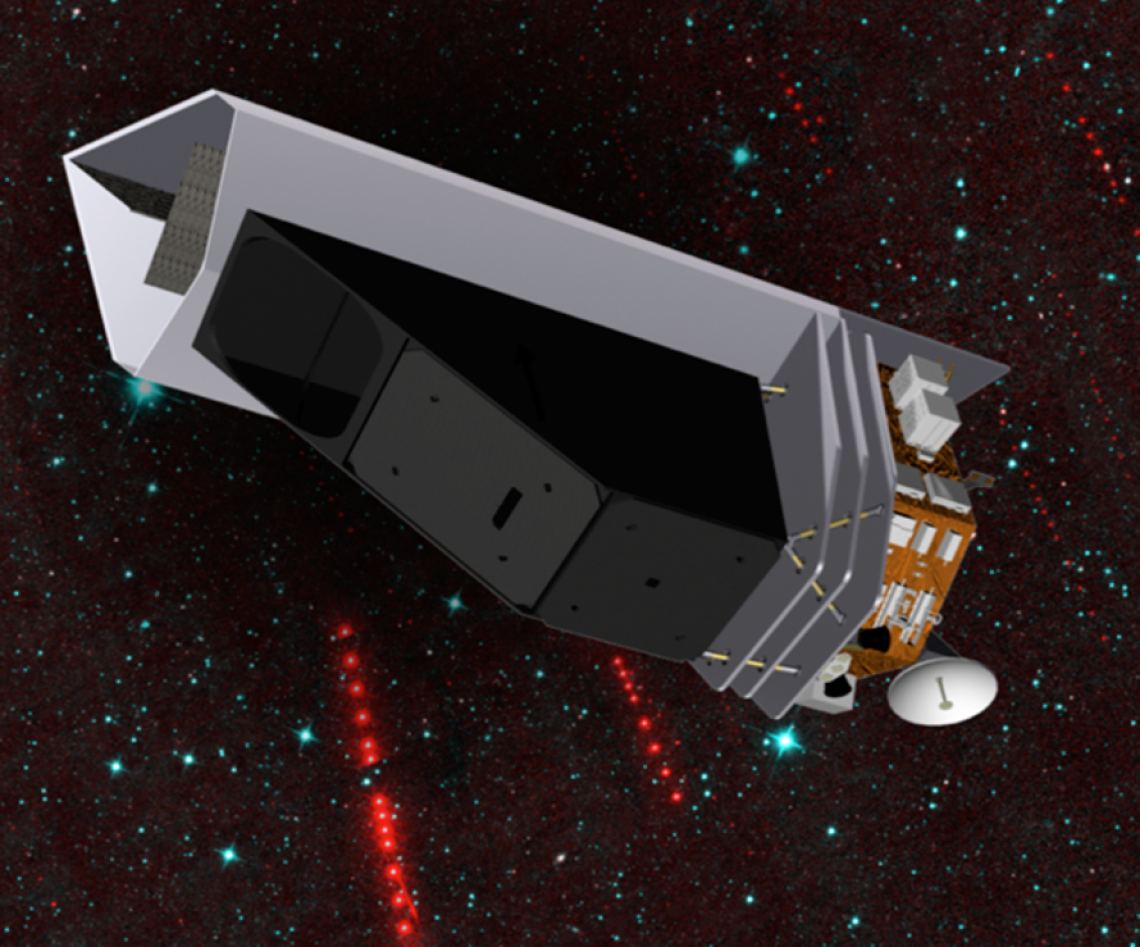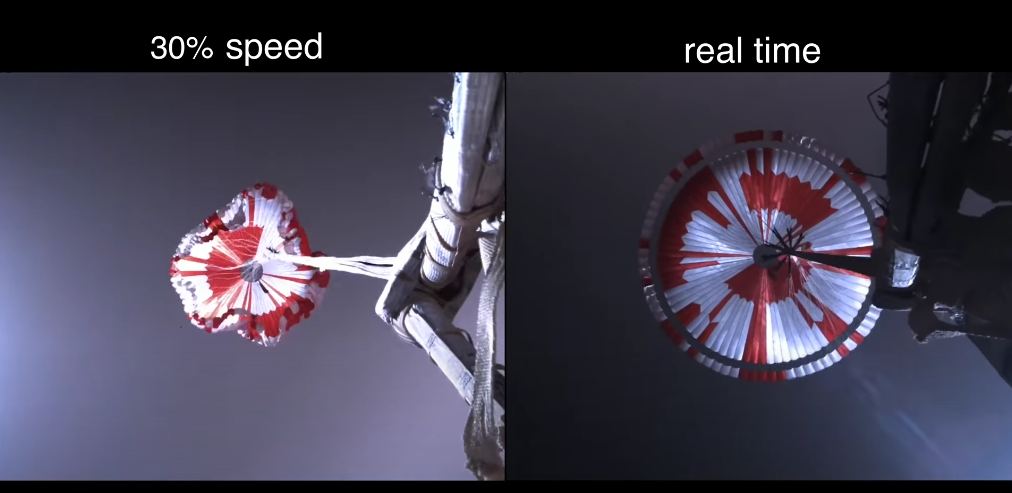When a young solar system gets going it’s little more than a young star and a rotating disk of debris. Accepted thinking says that the swirling debris is swept up in planet formation. But a new study says that much of the matter in the disk could face a different fate.
It may not have the honour of becoming part of a nice stable planet, orbiting placidly and reliably around its host star. Instead, it’s simply discarded. It’s ejected out of the young, still-forming solar system to spend its existence as interstellar objects or as rogue planets.
Continue reading “Protoplanetary Disks Throw Out More Material Than Gets Turned Into Planets”









